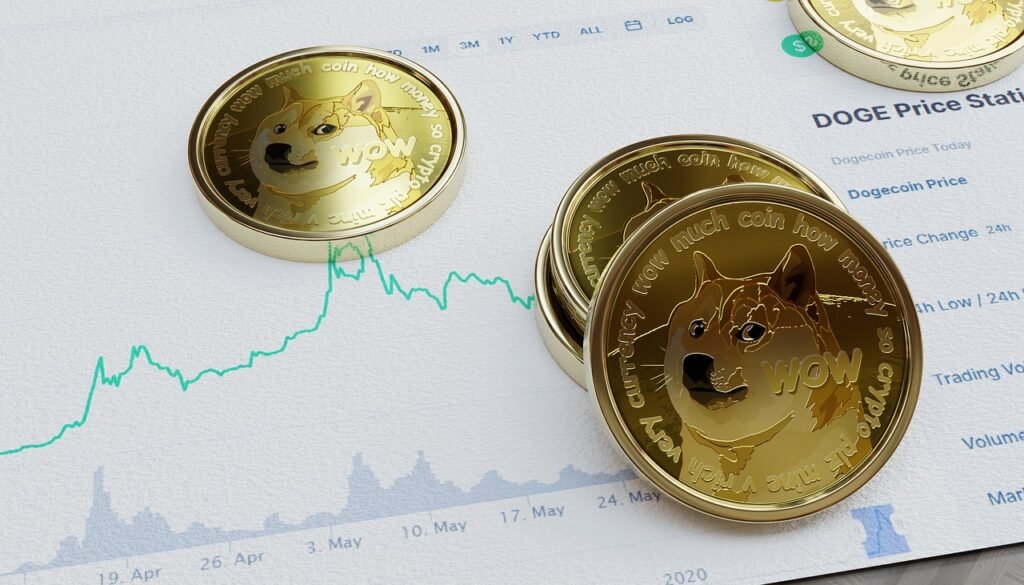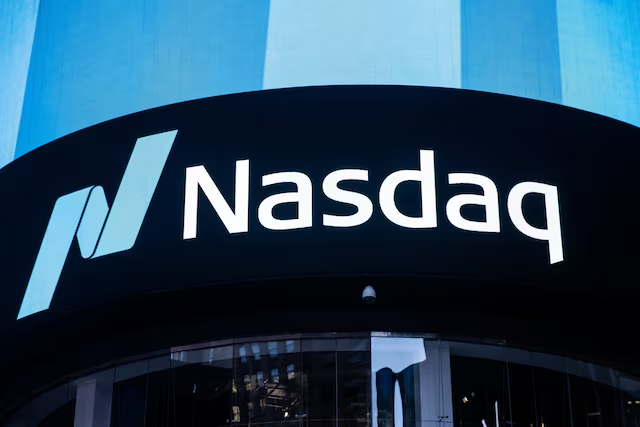Inside the fast-moving world of cryptocurrency, few tokens capture attention like Shiba Inu (SHIB). Originally created as a playful alternative to Dogecoin, SHIB has grown into a significant digital asset with a substantial market capitalization. A crucial factor influencing its price movements is the behavior of Shiba Inu whales—large holders who control massive quantities of SHIB tokens. Their transactions can create sudden price swings, affect market sentiment, and shape trading patterns. Understanding Shiba Inu whales activity is therefore essential for investors and traders seeking to navigate this volatile market. This guide explores the influence of these whales, tools for monitoring their actions, historical examples, and strategic implications for the broader SHIB ecosystem.
Understanding Crypto Whales
What Defines a Whale
A cryptocurrency whale is an individual or entity that holds a significant amount of a digital asset, enough to influence market prices. For Shiba Inu, this typically means wallets containing billions or even trillions of SHIB tokens. Whales can include hedge funds, exchanges, or early investors whose trades have the potential to cause notable price fluctuations.
How Whales Influence the Market
Whales affect market dynamics through the basic principle of supply and demand. Large sell orders can increase supply, potentially driving prices down, while major buy orders reduce available tokens and create upward pressure. Because of their outsized influence, whale activity often attracts close scrutiny from both traders and analysts.
The Impact of Shiba Inu Whales Activity on Market Dynamics
Price Volatility
One of the most immediate effects of whale activity is price volatility. Using blockchain explorers, investors can monitor large SHIB transfers in real-time. Moves from whale wallets to exchanges often signal potential sales, which may trigger preemptive selling by smaller investors. Conversely, large withdrawals to private wallets are generally viewed as bullish, indicating long-term accumulation and reduced selling pressure.
Market Sentiment
Whales also influence psychological trends in the market. Consistent accumulation can generate a bullish narrative, encouraging smaller investors to buy. Conversely, the fear of a coordinated sell-off can lead to panic and cascading sell-offs. Social media and crypto news amplify these effects, often magnifying the impact of whale movements.
Tools for Monitoring Whale Activity
Blockchain Explorers
Platforms like Etherscan allow users to track SHIB transactions, view the top holders, and follow token flows. Monitoring large wallets can provide insights into whale accumulation and distribution patterns.
Specialized Tracking Platforms
Several analytics platforms focus on whale behavior, including:
- Whale Alert: Tracks and posts large crypto transfers in real-time.
- Bubblemaps: Visualizes token concentrations among wallets.
- IntoTheBlock: Provides analytics on large-holder flows and wallet compositions.
These tools help investors interpret whale movements more effectively, beyond raw blockchain data.
Historical Case Studies
The October 2021 Rally
SHIB’s surge in October 2021, gaining over 800%, was heavily influenced by whale accumulation. Large transactions moved tokens from exchanges to private wallets, reducing selling pressure and fueling retail enthusiasm.
The 2022-2023 Market Downturn
During the crypto market downturn, whale distribution contributed to sustained selling pressure. This period highlights how prolonged Shiba Inu whales activity can impact long-term market trends.
Strategic Motivations Behind Whale Activity
Profit-Taking
Whales often sell portions of their holdings to secure profits after price increases, a standard market practice.
Long-Term Accumulation
Some whales focus on accumulating SHIB during price dips, signaling confidence in the long-term value of the token and its ecosystem, including Shibarium and the SHIBOSHIS NFT collection.
Ecosystem Support
Certain whale wallets may be connected to developers or early investors. Their activity could fund ecosystem projects, provide liquidity, or support network initiatives, influencing the market indirectly.
FAQs on Shiba Inu Whales
Q: How much SHIB qualifies as whale-level holdings?
A: While there is no official benchmark, wallets holding tens of billions to trillions of tokens are typically considered whales.
Q: Should I trade based solely on whale activity?
A: Whale activity is informative but should be used alongside technical analysis, fundamental updates, and market sentiment.
Q: Can whales create misleading signals?
A: Yes, through token transfers between controlled wallets or splitting large orders. Multiple data sources and trend analysis reduce the risk of false interpretation.
Q: Are all large wallets privately owned?
A: No. Many belong to exchanges and represent aggregated user holdings, which behave differently from private whales.
The Future of Shiba Inu and Whale Influence
Reducing token concentration is key to stabilizing SHIB’s market. Initiatives like token burns and staking on Shibarium aim to distribute supply more evenly, mitigating the outsized influence of individual whales. As the Shiba Inu ecosystem matures, whale activity may shift from simple trading to network participation, including liquidity provision and governance, supporting long-term growth.
Conclusion
The activity of Shiba Inu whales significantly shapes market trends, price volatility, and investor sentiment. Monitoring their behavior through blockchain explorers and analytics platforms provides insights that can enhance investment strategies. However, whale watching is just one component of a holistic approach to cryptocurrency analysis. Understanding motivations—ranging from profit-taking to ecosystem support—enables traders and investors to make informed decisions, navigating the market with confidence rather than fear. By analyzing whale activity alongside technical, fundamental, and market indicators, participants can better anticipate trends and capitalize on opportunities in the dynamic SHIB market.



